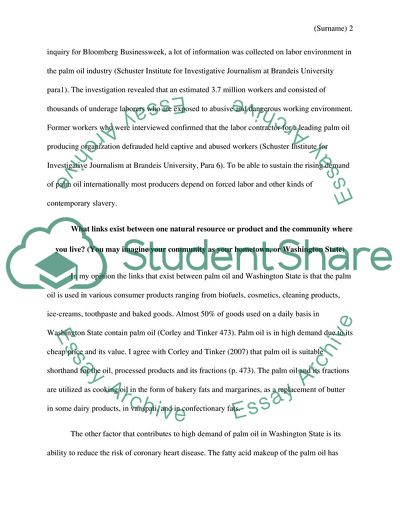Cite this document
(Contemporary Slavery and Palm Oil in Washington State Research Paper, n.d.)
Contemporary Slavery and Palm Oil in Washington State Research Paper. https://studentshare.org/sociology/1846056-contemporary-slavery-and-palm-oil-in-washington-state
Contemporary Slavery and Palm Oil in Washington State Research Paper. https://studentshare.org/sociology/1846056-contemporary-slavery-and-palm-oil-in-washington-state
(Contemporary Slavery and Palm Oil in Washington State Research Paper)
Contemporary Slavery and Palm Oil in Washington State Research Paper. https://studentshare.org/sociology/1846056-contemporary-slavery-and-palm-oil-in-washington-state.
Contemporary Slavery and Palm Oil in Washington State Research Paper. https://studentshare.org/sociology/1846056-contemporary-slavery-and-palm-oil-in-washington-state.
“Contemporary Slavery and Palm Oil in Washington State Research Paper”. https://studentshare.org/sociology/1846056-contemporary-slavery-and-palm-oil-in-washington-state.


